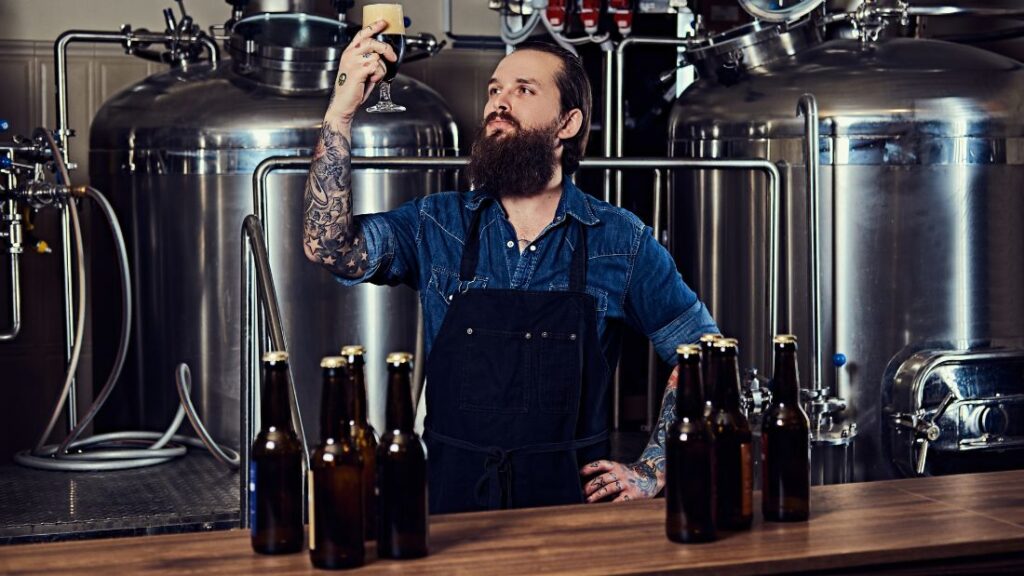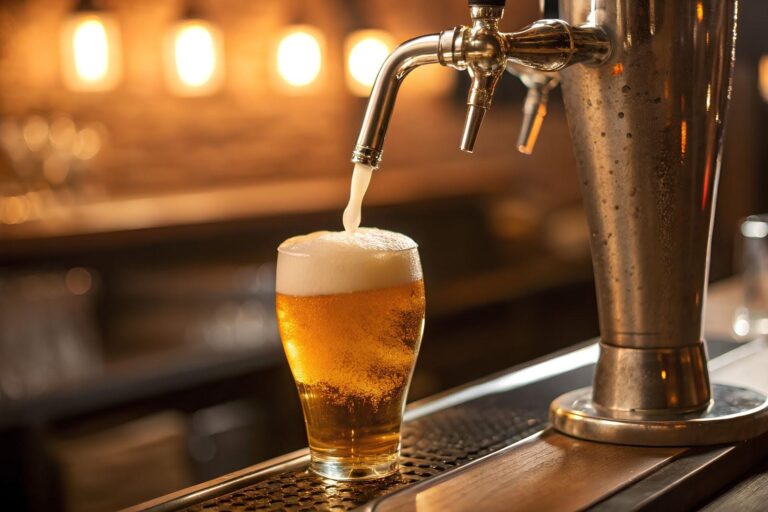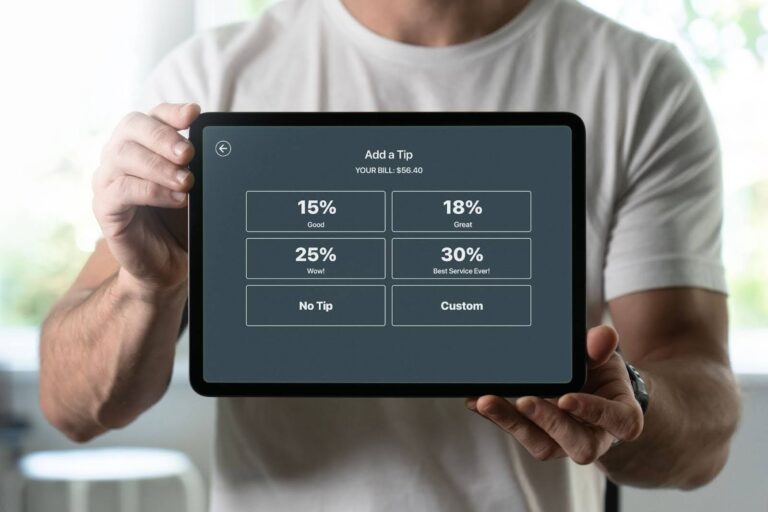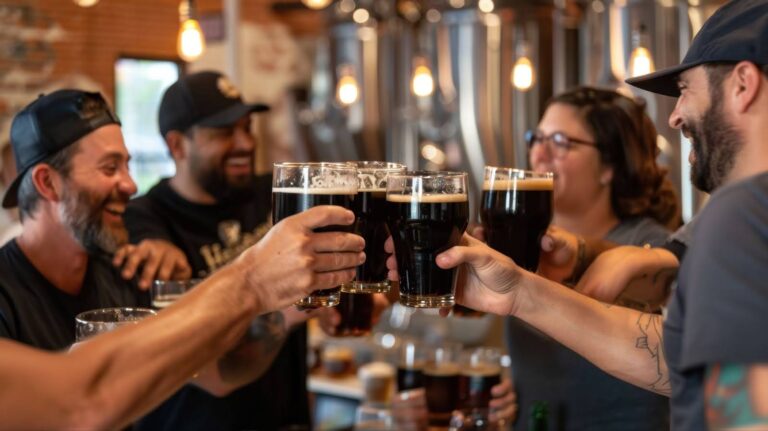R&D Tax Credit for Breweries

Running a brewery takes a lot of creativity. You’re constantly experimenting with new recipes, testing out equipment or packaging to get the taste, consistency and shelf life just right. All of that can feel like just part of the job, but did you know much of it could qualify you for a valuable tax credit?
With some big changes in the 2025 tax bill, breweries can now get more immediate tax relief for the money they spend on these kinds of activities. In this post we’ll break down what changed, what counts as “R&D” for a brewery, and how you can set yourself up to benefit.
What’s New in 2025?
Until recently, domestic (US) research and experimental costs (the IRS calls them “R&E”) for small businesses had to be capitalized and amortized (expensed) over 5 years for tax purposes. That made cash flow harder for small businesses as the cost of the expense did not align with when it got deducted for tax purposes
We are happy to report that this is no longer the case for small businesses with average gross receipts under $31 million for the past 3 years. From 2025 and forward, you can deduct domestic research costs in the year you incur them.
For breweries, this means you can get a tax break right away instead of waiting years for amortization. If you’ve been investing in recipe development, process improvements or packaging experiments, the 2025 changes are worth a look.
What About R&D Costs From Past Years?
If your brewery has been tracking R&D expenses from 2022 – 2024, but didn’t get the full tax benefit yet, there’s some good news.
Under the new rules, you have some options:
- You can go back and amend your business and personal income tax returns for 2022, 2023 and 2024 to deduct your R&D expenses
- Not recommended – Given where we are in the year, we would generally recommend NOT to amend prior years (depending on your specific tax situation), as the processing of amended returns can take anywhere from 6-12 months and will require extra professional fees to accomplish.
- You can write off the remaining balance of all R&D from 2022 through 2024 on your 2025 tax return, or spread it out 50/50 on your 2025 and 2026 tax return.
- This is preferred. Given that the 2025 tax filing season will start in just about 4 months, our general recommendation (depends on your specific tax situation) is to wait and claim the remaining 2022 through 2024 R&D expenses on your 2025 return.
What Counts as R&D in a Brewery
The term “R&D” makes a lot of owners think of labs and scientists, but for the IRS it simply means you’re trying to make something better or develop something new using a process of experimentation.
Here are a few everyday brewery activities that often qualify:
- Developing or improving beer recipes: new ingredients, flavor profiles or alcohol levels
- Testing fermentation methods, yeast strains or temperature controls to improve consistency or shelf life
- Trying out new packaging to extend freshness or reduce spoilage
- Installing or modifying equipment to improve efficiency or quality
- Running quality control or pilot batches to test changes
The costs that may qualify include the wages of employees doing or supervising this work, the supplies used in test batches, fees paid to outside labs or consultants, and certain overhead tied to those projects.
How to Show You Qualify
To actually claim the credit, you’ll want to make sure your activities meet the IRS definition and keep decent records.
A simple way to think about it is:
- Are you working to eliminate some uncertainty about how to do something?
- Are you using a trial-and-error process?
- Is it technological in nature, meaning is it based on science or engineering?
If the answer is yes, and you’re paying for it yourself, you’re probably on the right track.
Then keep documents like batch logs, recipe versions, test results, invoices and time sheets for people involved. You don’t need fancy software, even spreadsheets and folders of PDFs can work, as long as they’re organized by project.
Smaller breweries can sometimes apply unused credits against payroll taxes instead of income tax, which is a nice perk if you’re still in growth mode. And because of the 2025 changes, it may be worth asking your tax advisor about amending prior returns to capture missed deductions.
Other Things to Watch Out For
A couple of caveats before you start counting your savings:
- Only domestic research costs get the immediate deduction. Overseas R&D still has to be spread out over 15 years.
- Each state has its own version of R&D credits, and the rules don’t always match the federal ones. It’s worth checking your state’s guidelines too.
- If you’re claiming other credits or incentives, make sure you’re not double-counting the same expenses.
Bringing It All Together
If you’re experimenting with recipes, tweaking processes, or testing equipment, you’re probably already doing R&D, even if you might not be calling it that. With the 2025 tax changes, you can now deduct those costs right away and claim a credit to boot. That can mean real cash back to reinvest in your brewery.
The next step is to start gathering your records, make a list of past and current projects, and talk to your tax advisor about whether you can claim or amend returns. Even small credits add up over time and getting your system in place now will make it much easier next year.
At U-Nique Accounting, we help breweries, bars, and restaurants understand these tax breaks and put the right processes in place to capture them.
If you’d like us to help keep more of your hard-earned money in your pocket, reach out and schedule a quick call.

By MATT CIANCIARULO



